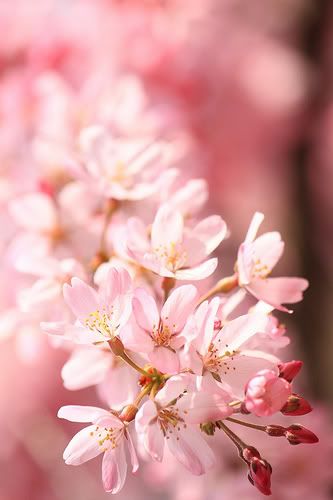4. How is Persepolis organized and structured? What has Satrapi chosen to emphasize in her childhood? How is the passage of time presented? Describe Satrapi's drawings. How do the drawings add to the narrative of the story?
- Persepolis is organized as a graphic novel. Marji is the narrator. The large panels or splashes represented a big event to the narrator, or something that she finds important, or a crisis. She talks about the revolution and the changes that it brought. She talks a lot about other people and their lives, and how it's affected by the revolution. Or what they did about it. Or, more like she spends a lot of time with different people throughout the story and gets to know them. For example, she spoke of her maid, whom was in love with a boy, whom was their neighbor. He thought that she was one of the daughters, instead of a maid. And so, when he found out that she was a maid, he did not want to be with her anymore, due to social class. Marji was upset about this. She also spoke about her uncle Anoosh. She met him, and got to know him. She became really close with him. She learned of his life during prison and other things too. The passage of time is presented as...Hm, well it goes by pretty quickly, I guess. Yeah, time passes by quickly in the book. From chapter to chapter or even panel to panel. The drawings are black and white. Sometimes there's more white than black, and vice versa. Therefore, I think that it is symbolic in some way, but I'm not sure how though. The drawings of the people and props or setting are fairly simple. There are not a lot of details. The drawings help interpret the text of the story. It gives the reader a visual of the characters, along with their facial expression, and body language. The drawings also make the words of the characters stronger, because there is a picture to go with the words, instead of just the word itself. You can see the expression of the person who is speaking, or thinking. Which makes their words or thoughts more powerful because you can see their feelings with what they have to say?
5. Describe the writer's voice. Is it appealing? Which aspects of Marji's character do you identify with or like the most, the least? Did your reaction to the little girl affect your reading experience?
- Hm, is the writer's voice appealing? Well...to me, NO. Her voice, it's a demanding voice. It is shows authority, and confidence. There's also stubbornness in her voice too. I think the only aspect of Marji that I like would be her bravery, and how she wants to help. She's only a child, but she's involved with society and she knows about the revolution. She is an individual when it comes to politics. And she wants to help, and she is not afraid to help. But, overall, I do not like her at all. A side from how she's brave and all that, considering her age, I don't like her. She's really annoying and stupid in a way. She's really stubborn and I don't know I just don't like her. Did my reaction to her affect my reading? Probably, because I don't like her. So, that makes me not want to read, because every time she says something, I kind of want to kill her or the book. Her characteristics make the book annoying. So, I don't want to read it that much.
12. What is the role of women in the story? Compare and contrast the various women: Marji, her mother, her grandmother, her school teachers, the maid, the neighbors, the guardians of the revolution.
- Hm, I think the role of women in this story is pretty much the same, no matter the age, or occupation. They all have to be obedient to society. They all have certain things that they have to do, and things that they cannot do. Like the veil. They have to wear that, at all times, pretty much. And if strands of their hair are showing then it shows that they are rebelling or it shows their resistance.




1 comment:
I didn't like her either
Post a Comment